Growing Figs at Home might seem like a challenge reserved for seasoned gardeners, but I’m here to tell you it’s absolutely achievable, even if you’re a beginner! Have you ever dreamt of plucking a perfectly ripe, sun-warmed fig straight from your own tree? Imagine the sweet, jammy flavor bursting in your mouth – a taste far superior to anything you can find in a store. This isn’t just a culinary fantasy; it’s a delicious reality waiting to happen in your own backyard (or even on your balcony!).
Figs have a rich history, dating back to ancient civilizations. They were revered in ancient Greece and Rome, symbolizing prosperity and peace. For centuries, these delectable fruits have been enjoyed across the Mediterranean and beyond. Now, you can bring a piece of that history to your own home.
But why bother with the effort? Well, store-bought figs often lack the intense flavor and delicate texture of homegrown varieties. Plus, growing figs at home offers a unique sense of accomplishment and connection to nature. You’ll know exactly where your food comes from, and you’ll be able to enjoy a truly fresh and delicious treat. In this article, I’ll share some simple yet effective DIY tricks and hacks that will help you successfully cultivate your own fig tree, regardless of your experience level. Get ready to embark on a rewarding gardening adventure!
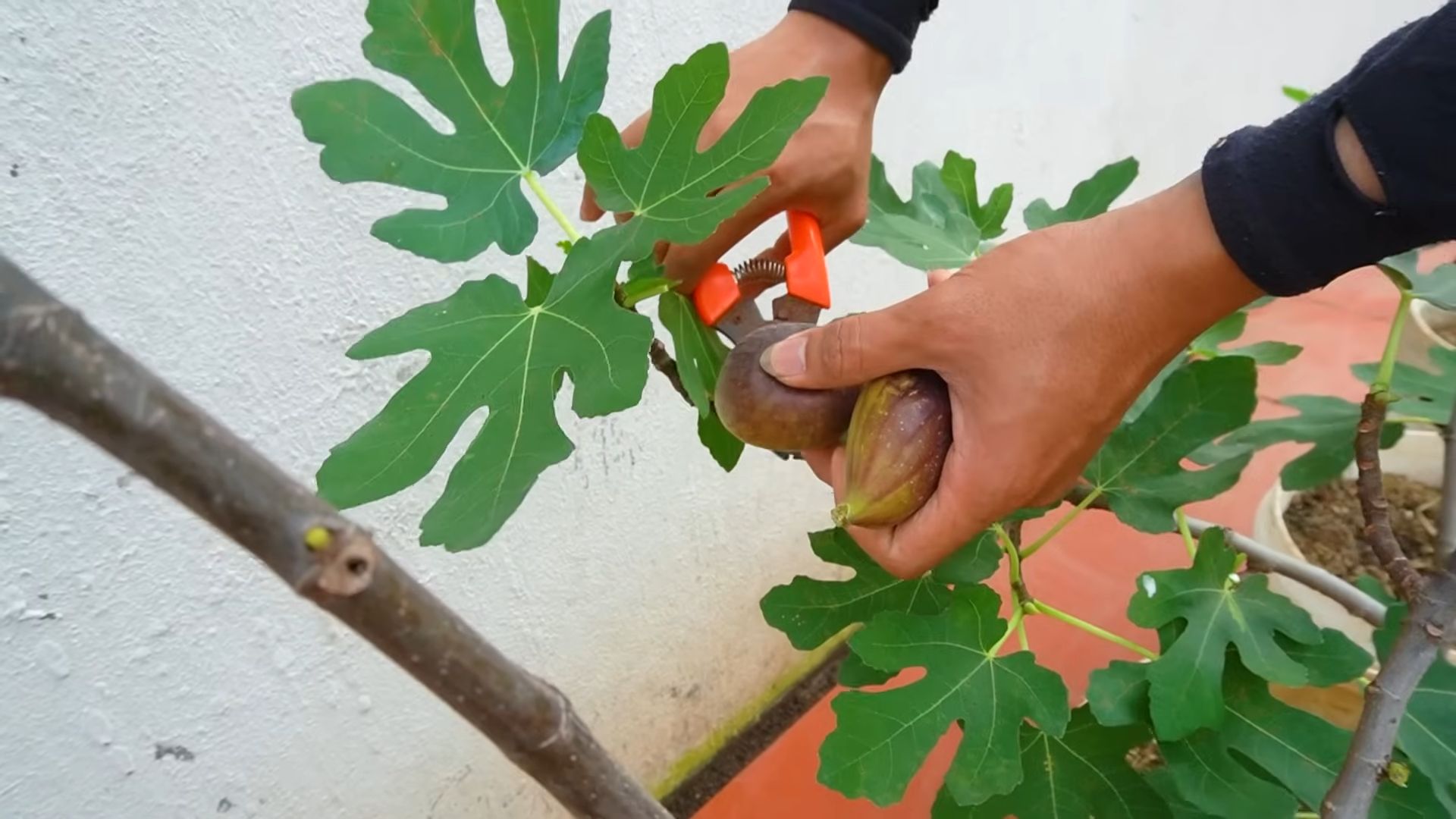
Growing Figs at Home: A DIY Guide to Sweet Success
Okay, fig fanatics! So you’re dreaming of plucking ripe, juicy figs straight from your own tree? I get it! There’s nothing quite like the taste of a homegrown fig, and the good news is, you absolutely can grow them yourself, even if you don’t have acres of land. This guide will walk you through everything you need to know, from choosing the right variety to harvesting your delicious bounty. Let’s get started!
Choosing Your Fig Variety
First things first, you need to pick the right fig variety for your climate. Not all figs are created equal, and some are much hardier than others. Here’s a breakdown of some popular choices:
* Brown Turkey: This is a super reliable and cold-hardy variety, making it a great choice for beginners and those in cooler climates. It produces medium-sized, brownish-purple figs with a sweet, mild flavor.
* Celeste: Another cold-hardy option, Celeste figs are smaller and have a rich, jammy flavor. They’re also known for being relatively pest-resistant.
* Chicago Hardy: As the name suggests, this variety is incredibly hardy and can withstand very cold temperatures. It produces medium-sized, purplish-brown figs.
* Black Mission: If you live in a warmer climate, Black Mission is a fantastic choice. These figs are large, dark purple, and have a rich, intense flavor.
* Kadota: This variety produces greenish-yellow figs with a thick skin and a mild, slightly tangy flavor. They’re often used for canning and preserving.
Important Considerations:
* Climate: Research which varieties thrive in your specific USDA hardiness zone. Local nurseries are a great resource for this!
* Space: Consider the mature size of the tree. Some fig varieties can grow quite large, while others are more compact. If you’re short on space, look for dwarf varieties or consider growing your fig in a container.
* Taste Preference: Do you prefer sweet and jammy figs, or something with a more subtle flavor? Read descriptions and reviews to find a variety that suits your palate.
Planting Your Fig Tree
Now that you’ve chosen your variety, it’s time to get your fig tree in the ground (or in a pot!).
1. Choosing the Right Location:
* Sunlight: Figs need at least 6-8 hours of direct sunlight per day to produce a good crop of fruit. Choose a spot that gets plenty of sunshine.
* Soil: Figs prefer well-draining soil. If your soil is heavy clay, amend it with compost and other organic matter to improve drainage.
* Protection: If you live in a colder climate, choose a location that is sheltered from strong winds. A south-facing wall can provide extra warmth and protection.
2. Planting in the Ground:
* Dig a Hole: Dig a hole that is twice as wide as the root ball and just as deep.
* Amend the Soil: Mix some compost or other organic matter into the soil you removed from the hole.
* Remove the Tree from the Container: Gently remove the fig tree from its container, being careful not to damage the roots. If the roots are circling the pot, gently loosen them before planting.
* Place the Tree in the Hole: Place the tree in the hole, making sure that the top of the root ball is level with the surrounding soil.
* Backfill the Hole: Backfill the hole with the amended soil, gently tamping it down as you go.
* Water Thoroughly: Water the tree thoroughly after planting.
* Mulch: Apply a layer of mulch around the base of the tree to help retain moisture and suppress weeds.
3. Planting in a Container:
* Choose a Large Container: Select a container that is at least 24 inches in diameter. The bigger, the better!
* Use a Well-Draining Potting Mix: Use a high-quality potting mix that drains well. Avoid using garden soil, as it can become compacted in containers.
* Plant the Tree: Follow the same steps as for planting in the ground, making sure that the top of the root ball is level with the soil.
* Water Thoroughly: Water the tree thoroughly after planting.
* Place in a Sunny Location: Place the container in a location that gets at least 6-8 hours of direct sunlight per day.
Caring for Your Fig Tree
Once your fig tree is planted, it’s important to provide it with the care it needs to thrive.
1. Watering:
* Water Regularly: Water your fig tree regularly, especially during dry periods. Figs need consistent moisture to produce juicy fruit.
* Check the Soil: Check the soil moisture before watering. The soil should be moist but not soggy.
* Water Deeply: When you water, water deeply so that the water reaches the roots.
2. Fertilizing:
* Fertilize in Spring: Fertilize your fig tree in the spring with a balanced fertilizer.
* Follow Package Instructions: Follow the instructions on the fertilizer package carefully.
* Avoid Over-Fertilizing: Avoid over-fertilizing, as this can damage the tree.
3. Pruning:
* Prune in Late Winter or Early Spring: Prune your fig tree in late winter or early spring, before new growth begins.
* Remove Dead or Damaged Branches: Remove any dead, damaged, or crossing branches.
* Thin Out the Canopy: Thin out the canopy to improve air circulation and sunlight penetration.
* Shape the Tree: Shape the tree to encourage fruit production. Figs produce fruit on new growth, so prune to encourage new growth.
4. Pest and Disease Control:
* Inspect Regularly: Inspect your fig tree regularly for pests and diseases.
* Common Pests: Common fig pests include aphids, spider mites, and scale.
* Common Diseases: Common fig diseases include fig rust and leaf spot.
* Treat Promptly: Treat any pests or diseases promptly to prevent them from spreading. Use organic pest control methods whenever possible.
Overwintering Your Fig Tree (For Colder Climates)
If you live in a colder climate, you’ll need to protect your fig tree from freezing temperatures. Here are a few options:
* Container Growing: If you’re growing your fig in a container, you can simply move it indoors to a cool, dark location for the winter. Water sparingly during this time.
* Wrap the Tree: Wrap the trunk and branches of the tree with burlap or other insulating material.
* Build a Shelter: Build a temporary shelter around the tree using straw bales or other materials.
* Bury the Tree: In very cold climates, you can even bury the tree underground for the winter. Dig a trench, lay the tree down in the trench, and cover it with soil.
Harvesting Your Figs
Finally, the moment you’ve been waiting for – harvesting your delicious figs!
* When to Harvest: Figs are ripe when they are soft to the touch and slightly droopy. The skin will also change color, depending on the variety.
* Gently Pick the Figs: Gently pick the figs from the tree, being careful not to damage the fruit.
* Enjoy Fresh or Preserve: Enjoy your fresh figs immediately, or preserve them by drying, canning, or making jam.
Tips for a Bountiful Harvest:
* Protect from Birds: Birds love figs just as much as we do! Protect your figs from birds by covering the tree with netting.
* Water Regularly: Consistent watering is essential for a good crop of figs.
* Fertilize Properly: Fertilize your fig tree in the spring to encourage fruit production.
* Be Patient: It may take a few years for your fig tree to start producing a significant amount of fruit. But trust me, it’s worth the wait!
Troubleshooting Common Fig Tree Problems
Even with the best care, you might encounter some issues with your fig tree. Here are a few common problems and how to address them:
* Fig Splitting: This can happen when the tree receives too much water after a dry spell. Ensure consistent watering and good drainage.
* Fig Drop: Premature fig drop can be caused by a variety of factors, including stress, lack of pollination (for some varieties), or pest infestations. Make sure your tree is getting enough sunlight and water, and address any pest problems promptly.
* Lack of Fruit: If your fig tree isn’t producing fruit, it could be due to a lack of sunlight, improper pruning, or insufficient fertilization. Review the care guidelines above and make sure you’re meeting your tree’s needs.
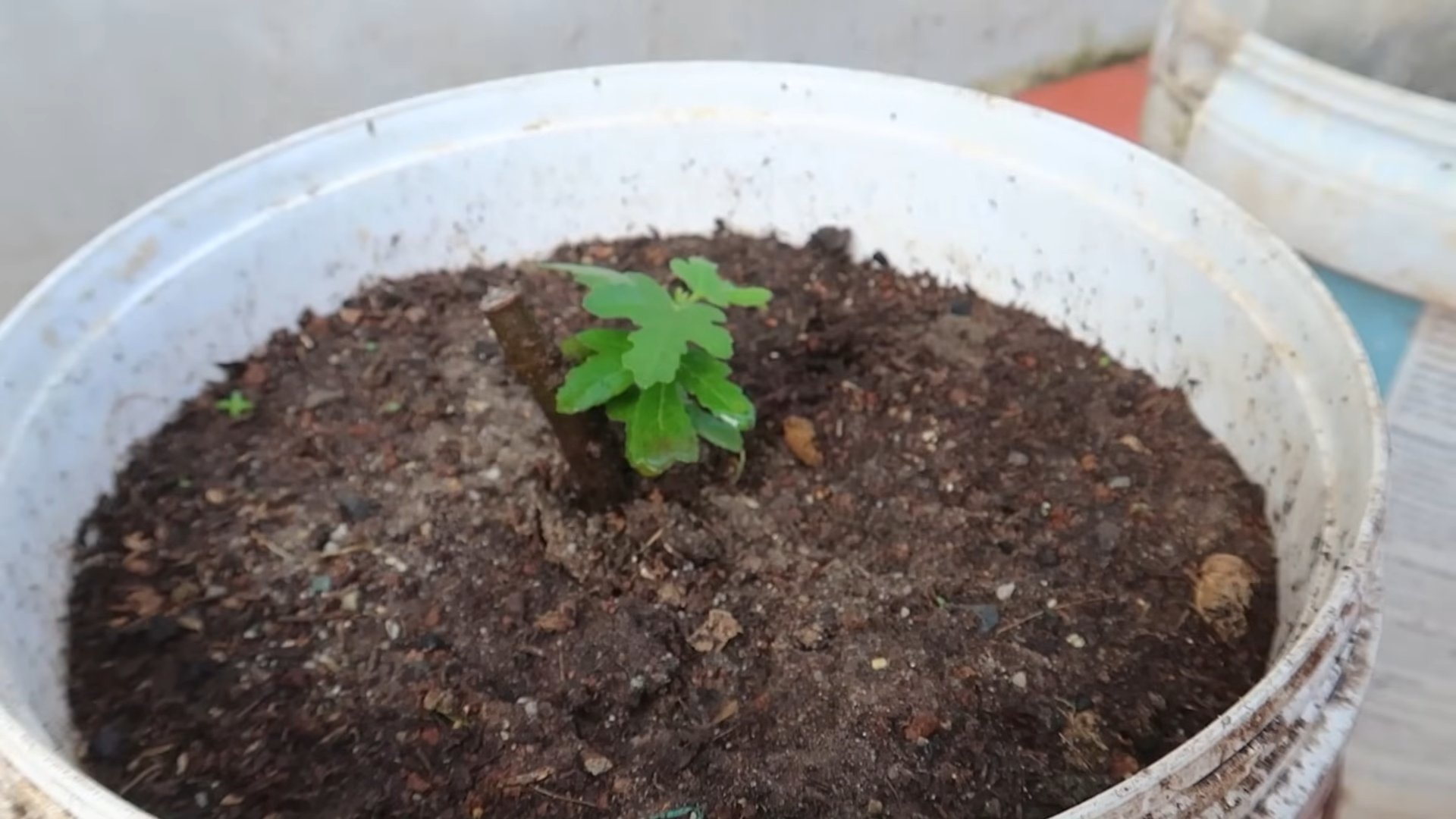
Conclusion
So, there you have it! Growing figs at home, while it might seem daunting at first, is entirely achievable and incredibly rewarding. We’ve walked through the essential steps, from selecting the right variety for your climate to providing the proper care that will encourage a bountiful harvest. But why should you even bother?
The answer is simple: fresh, homegrown figs are an experience unlike any other. The flavor is richer, the texture is more delicate, and the satisfaction of harvesting fruit you nurtured yourself is unparalleled. Store-bought figs simply can’t compare to the sun-ripened sweetness of a fig picked straight from your own tree.
Beyond the superior taste, growing your own figs offers a connection to nature and a sense of accomplishment. It’s a chance to learn about the life cycle of a plant, to understand the nuances of your local climate, and to enjoy the fruits (literally!) of your labor. Plus, fig trees are beautiful additions to any garden, providing shade and visual interest throughout the year.
Don’t be afraid to experiment! Try different varieties to discover your personal favorite. Consider espaliering your fig tree against a sunny wall to maximize sunlight exposure and create a stunning focal point. You can even grow figs in containers, allowing you to move them indoors during colder months if you live in a region with harsh winters. Think about adding companion plants around your fig tree to attract pollinators and deter pests. Lavender, rosemary, and thyme are excellent choices.
And remember, the key to success is patience and observation. Pay attention to your fig tree’s needs, adjust your care routine as necessary, and don’t be discouraged by occasional setbacks. Growing figs at home is a journey, not a destination.
We truly believe that anyone can successfully grow figs at home with a little knowledge and effort. The rewards are well worth the investment. So, grab your gardening gloves, choose your fig tree, and get started! We’re confident that you’ll be enjoying delicious, homegrown figs in no time.
We encourage you to share your experiences with us! Let us know which varieties you’re growing, what challenges you’ve faced, and what tips you’ve discovered along the way. Your insights can help other aspiring fig growers succeed. Post photos of your fig trees and your delicious harvests on social media using #HomegrownFigs. We can’t wait to see what you create!
Frequently Asked Questions (FAQ)
1. What is the best climate for growing figs?
Figs thrive in warm, sunny climates with mild winters. They generally prefer temperatures between 60°F and 85°F (15°C and 29°C). However, many varieties are cold-hardy and can tolerate temperatures down to 15°F (-9°C) with proper protection. If you live in a colder climate, consider growing figs in containers so you can move them indoors during the winter. Selecting a variety specifically bred for colder climates is also crucial. Look for varieties like ‘Chicago Hardy’ or ‘Brown Turkey,’ which are known for their ability to withstand colder temperatures. Remember to mulch heavily around the base of the tree to insulate the roots during the winter months.
2. How much sunlight do fig trees need?
Fig trees need at least 6-8 hours of direct sunlight per day to produce a good crop of fruit. Choose a planting location that receives plenty of sunlight throughout the day. If you’re growing figs in containers, make sure to place them in a sunny spot. If you notice that your fig tree is not producing much fruit, it may not be getting enough sunlight. Consider moving it to a sunnier location or pruning nearby trees that are blocking the sunlight.
3. What type of soil is best for fig trees?
Fig trees prefer well-draining soil that is rich in organic matter. The ideal soil pH is between 6.0 and 6.5. Before planting, amend the soil with compost or other organic matter to improve drainage and fertility. Avoid planting fig trees in heavy clay soil, as this can lead to root rot. If you have clay soil, consider planting your fig tree in a raised bed or container. You can also improve drainage by adding sand or perlite to the soil. Regular soil testing can help you determine if your soil is lacking any essential nutrients.
4. How often should I water my fig tree?
Water your fig tree deeply and regularly, especially during hot, dry weather. Allow the soil to dry out slightly between waterings. Overwatering can lead to root rot, so it’s important to avoid soggy soil. During the dormant season, reduce watering frequency. A good rule of thumb is to water deeply once a week during the growing season and less frequently during the dormant season. Use a soaker hose or drip irrigation to water the base of the tree, avoiding wetting the foliage.
5. When and how should I prune my fig tree?
Pruning is essential for maintaining the shape and productivity of your fig tree. The best time to prune fig trees is during the dormant season, late winter or early spring, before new growth begins. Remove any dead, damaged, or crossing branches. Prune to create an open canopy that allows sunlight to penetrate the center of the tree. This will improve air circulation and reduce the risk of disease. You can also prune to control the size and shape of the tree. Be careful not to over-prune, as this can reduce fruit production.
6. What are some common pests and diseases that affect fig trees?
Common pests that affect fig trees include fig mites, scale insects, and nematodes. Diseases that can affect fig trees include fig rust, leaf spot, and root rot. Regularly inspect your fig tree for signs of pests or diseases. If you notice any problems, take action immediately to prevent them from spreading. Organic pest control methods, such as insecticidal soap or neem oil, can be effective for controlling many pests. Proper watering and drainage can help prevent root rot.
7. How do I harvest figs?
Figs are ready to harvest when they are soft to the touch and slightly droop on the branch. The skin will also change color, depending on the variety. Gently twist the fig from the branch. If it’s ripe, it should come off easily. Harvest figs in the morning, before the heat of the day. Ripe figs are delicate and should be handled with care. Store them in the refrigerator for up to a week.
8. Can I grow figs in containers?
Yes, you can absolutely grow figs in containers! This is a great option for people who live in colder climates or who have limited space. Choose a large container with good drainage. Use a well-draining potting mix. Water regularly and fertilize during the growing season. Move the container indoors during the winter to protect the fig tree from frost. Container-grown fig trees may need to be repotted every few years as they outgrow their containers.
9. What are some good fig varieties to grow at home?
There are many different fig varieties to choose from, each with its own unique flavor and characteristics. Some popular varieties for home growing include ‘Brown Turkey,’ ‘Black Mission,’ ‘Celeste,’ and ‘Chicago Hardy.’ ‘Brown Turkey’ is a reliable and productive variety that is well-suited for beginners. ‘Black Mission’ is known for its rich, sweet flavor. ‘Celeste’ is a cold-hardy variety that is a good choice for colder climates. ‘Chicago Hardy’ is another cold-hardy variety that can tolerate temperatures down to 10°F (-12°C). Research different varieties to find one that is well-suited for your climate and growing conditions.
10. How do I encourage my fig tree to produce more fruit?
To encourage your fig tree to produce more fruit, make sure it is getting enough sunlight, water, and nutrients. Prune your fig tree regularly to create an open canopy that allows sunlight to penetrate the center of the tree. You can also try fertilizing your fig tree with a fertilizer that is high in phosphorus and potassium. Avoid over-fertilizing with nitrogen, as this can promote leafy growth at the expense of fruit production. Another trick is to stress the tree slightly by withholding water for a short period of time before the fruit ripens. This can encourage the tree to produce more fruit.


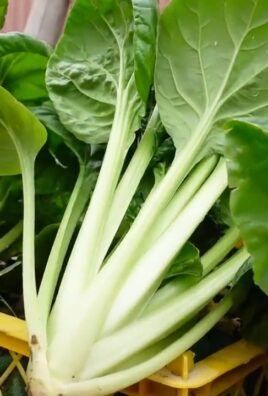
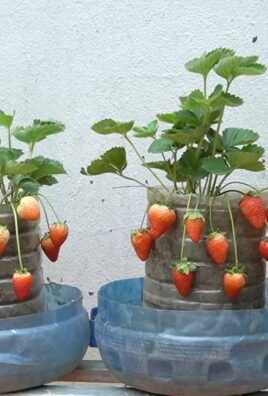
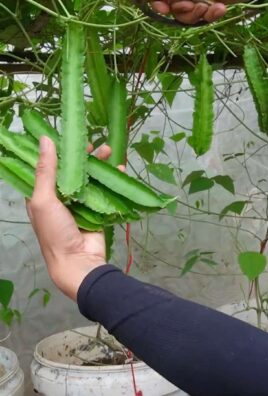
Leave a Comment